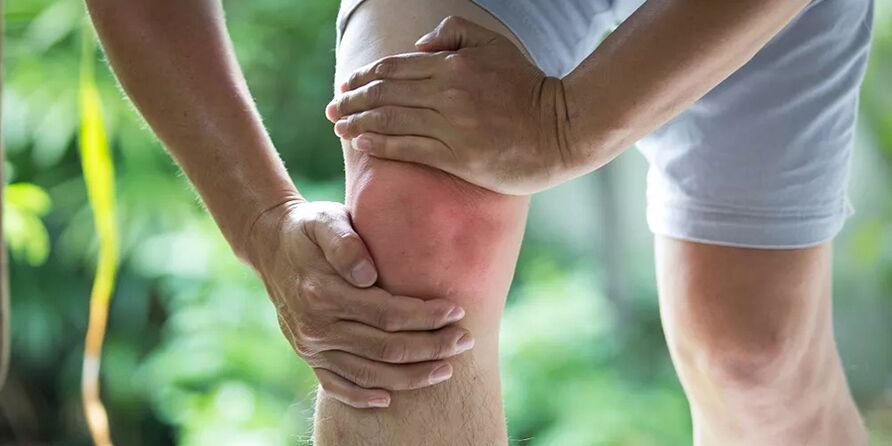
Knee arthritis (gonarthrosis) is a fairly common disease, second only to coxarthrosis in frequency.
Statistics show that 1 in 5 people on the planet has gonorrhea (about 22%).There is a certain connection between this pathology and a person's gender - women suffer from this disease twice as often as men.If we talk about age, the risk group includes patients over 40 years old.
Degenerative changes occur at the molecular level, but over time, as the disease begins to progress, structural damage to the cartilage tissue is seen.If treatment is not started promptly, there is a real risk of bone exposure and cartilage destruction.
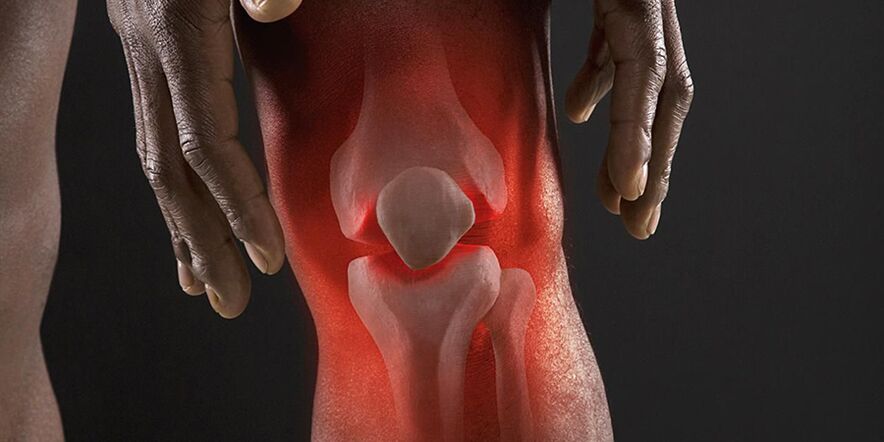
Causes of knee osteoarthritis
To understand the specifics of this disease, it is extremely important to know for what reason gonorrhea develops.It is important to understand that the knee joint is subjected to great pressure every day due to the weight of the human body.The natural wear and tear of tissues that occurs as people age leads to changes in the structure of the joints.That is why middle-aged and elderly people often suffer from this disease the most.
In addition, knee osteoarthritis can occur for the following reasons:
- Damage and injuries.These factors most often influence the development of the disease at an early age.
- Load remains constant.We are talking about active participation in sports, despite contraindications and advanced age.
- Excessive weight.This factor negatively affects the condition of the meniscus.In addition, the pressure on the knee joint increases, which provokes the development of the disease.
- Varicose veins of the lower limbs.
- Poor metabolism.Mineral deficiency negatively affects the condition of cartilage.
- Arthritis and other specific joint and inflammatory diseases.
Symptoms of gonorrhea
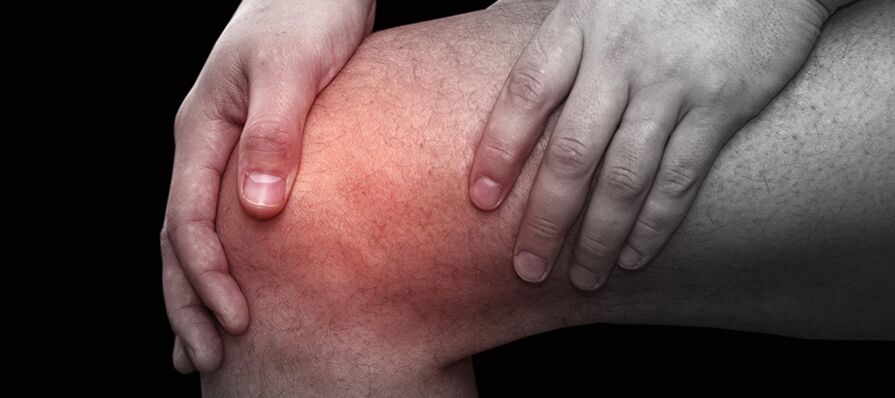
The early stages of knee arthritis are characterized by the presence of low-intensity pain.As a rule, a person does not take any therapeutic actions, ignoring the initial signals of the body.This condition can last several years until it becomes more severe.
A person feels severe discomfort when trying to stand up after sitting for a long time.Similar feelings appear in the morning when you wake up.
In addition to pain of varying degrees, knee arthritis is also accompanied by the following symptoms:
- Burning in lower extremities.The condition gets worse when climbing stairs.
- Reduced muscle tone.
- Insufficient joint mobility.
- Characteristic crispness.
Specific symptoms depend on the stage of the disease.Obviously, the more the problem progresses, the more pronounced the pathological manifestations will be.
Grade one arthritis
Grade 1 knee osteoarthritis is characterized by patient satisfaction and may therefore not cause discomfort.The only thing that can bother the patient is limited mobility after waking up and fatigue in the lower limbs.
The pain is practically absent or mild.Diagnosis of the disease at this stage can only be made with the help of X-ray or MRI.Imaging shows narrowing of the space between the joint surfaces as well as minor irregularities in the cartilage.
Unfortunately, patients extremely rarely seek help at this stage of the disease.Most people are accustomed to not paying attention to minor worries, which often leads to aggravation of the condition and rapid progression of the disease.
Second-degree arthritis
Grade 2 knee arthritis manifests more clearly.The pain occurs immediately after exertion or directly when lifting heavy objects.This condition will disappear after rest, but the discomfort will return after resuming physical activity.
This stage is also characterized by other symptoms:
- Characteristic crispness.It is quite sharp and is often accompanied by a painful feeling.
- Synovitis is a condition in which the synovial membrane of a joint becomes inflamed and swollen.
- Deformation.In the early stages, swelling in the knee area may be noticeable, but the situation can get worse if not treated properly.
- Insufficient mobility of the knee joint.Patients experience basic problems bending or straightening their legs.
All of these symptoms will gradually increase if left untreated.The joint gradually loses its properties, its structure begins to change, which becomes noticeable upon visual inspection.
Grade three arthritis
Grade 3 osteoarthritis is characterized by the appearance of severe pain, which can occur both with heavy load and at rest.Many patients are concerned about similar symptoms at night.
Dependence on meteorology appears, so sudden changes in weather cause significant inconvenience to people.The joint loses the ability to bend, so the patient's movement becomes extremely difficult.
Pathological changes are visible to the naked eye.X-rays show marked joint space narrowing and multiple bone growths.
Fourth degree arthritis
Grade 4 knee osteoarthritis is characterized by severe destruction of the joint, almost complete loss of movement, and severe pain.
Diagnosis of disease
To prescribe a suitable treatment regimen, the doctor conducts a consultation.The patient tells about his complaints, at what time of day the pain is worse, at rest or when performing any actions.After that, the doctor directly examined and palpated the knee area.
Arthritis in later stages can be suspected even without using instrumental diagnostic methods.When bending the knee, a characteristic crunching sound will be heard and the patient will feel quite uncomfortable.The palpation process itself is accompanied by painful sensations.
To get a clearer picture, the patient is sent for an X-ray.To clarify the diagnosis, the use of computed tomography and MRI is also performed.
Treatment methods for knee osteoarthritis
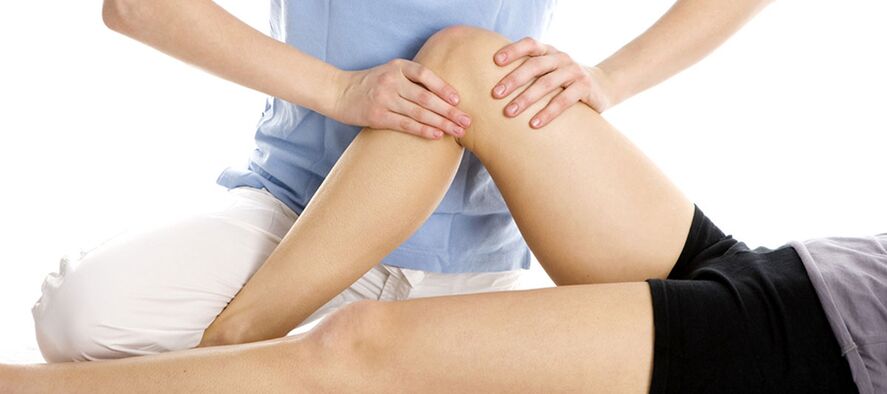
Treatment of knee arthritis can include several techniques, their effectiveness depends on the stage of the disease:
- Treatment with medication.
- Massage therapy method.
- Manual therapy, physiotherapy, physical therapy.
- Work.
The main goals of treatment are to reduce pain and increase range of motion in the joint.
Conservative treatment gives quite good results, especially in the early stages.If there is no positive momentum during treatment, a decision will be made to perform surgical intervention.
Nonsteroidal anti-inflammatory drugs
The initial goal of any treatment is pain relief.Drugs from the NSAID group alleviate the patient's condition, not only reducing pain, but also eliminating the inflammatory process in the problem area.Only after eliminating these symptoms can you move on to other treatments.
Medicines in this group are first aid drugs for this disease.Their effectiveness depends on the severity of the clinical picture, as well as the individual characteristics of the patient's body.
Hormonal agents
If the use of non-steroidal anti-inflammatory drugs does not bring positive results, the patient may be prescribed hormonal drugs in the form of injections.This is a much more effective remedy with which you can quickly eliminate unpleasant symptoms.
The difficulty of such treatment lies in the fact that these drugs have a rather strong effect on the human body, so you need to be extremely careful when using them.The doctor should prescribe a short course of treatment and only if the patient has a buildup of joint fluid.The drug can be injected no more than once every 5-7 days.
Chondroprotectors
Drugs in this group act directly on the cause of joint disease.They are designed to restore the structure of damaged cartilage tissue, as well as normalize the production of synovial fluid.This is very important in complex treatment, when it is necessary to influence not only the symptoms, but also the underlying cause of the pathology.
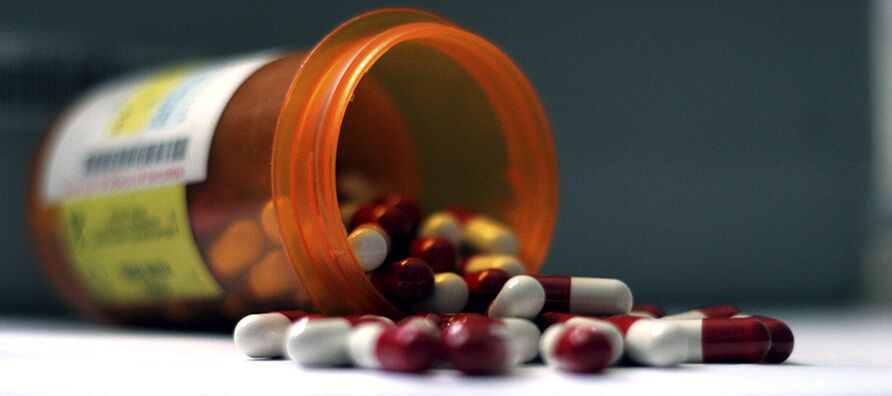
Recently, direct injection of hyaluronic acid into the joint has been performed.This procedure avoids premature wear and tear of the cartilage.It is very important that the medication is administered by a qualified professional.
Use other methods
Treatment of knee osteoarthritis can be carried out not only with the help of drugs in the form of tablets and injections, but also by several other methods:
- Ozone therapy.This method has pain-relieving and anti-inflammatory effects, and helps normalize blood circulation.Especially effective in complex therapy, along with other treatment methods.
- External means.Various creams and gels help eliminate pain, swelling and inflammation.The exact list of medications must be prescribed by your treating doctor, so we do not recommend self-medication.
If you have this disease, you need to contact a clinic for professional help.Our specialists have the necessary level of knowledge and extensive medical practice experience, so they can help you solve your problems.
Remember that in the treatment of joint diseases, the key to success is timeliness, so pay more attention to your health and the signals that your body gives you.

























